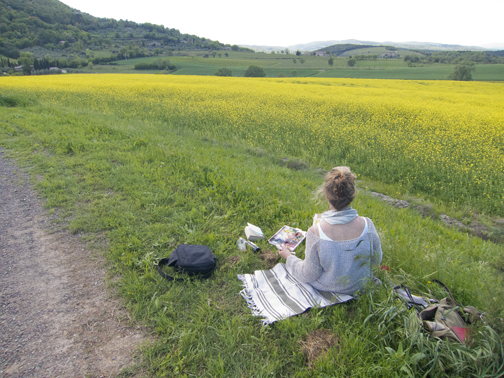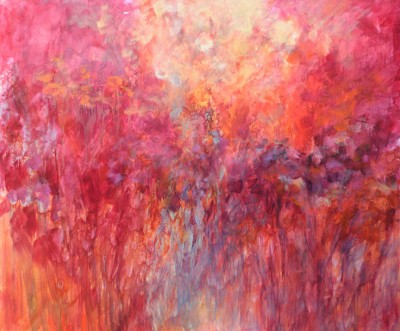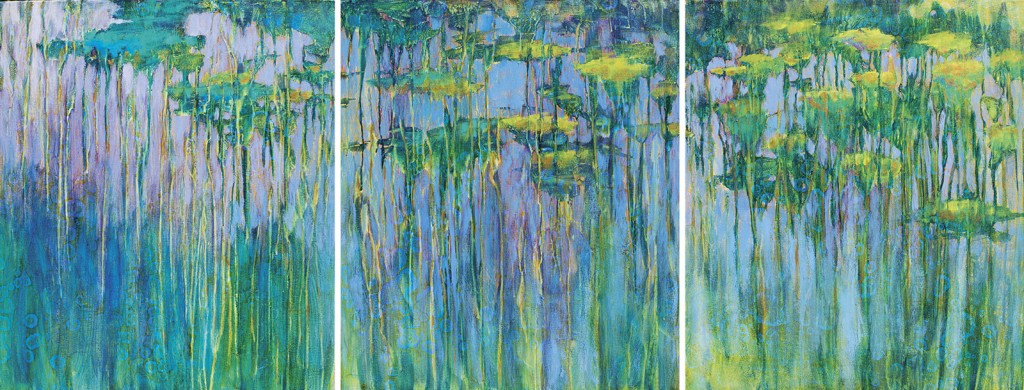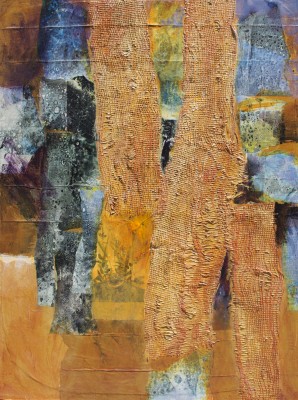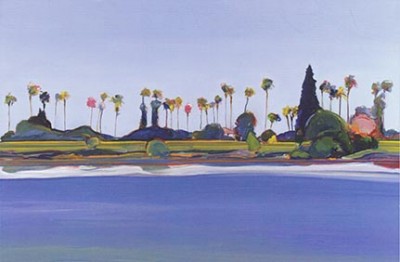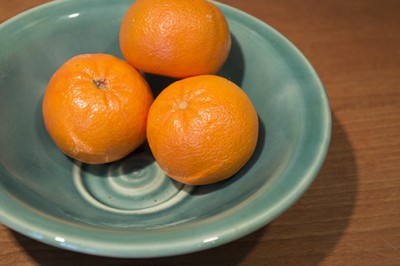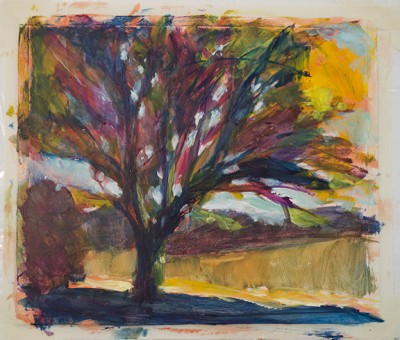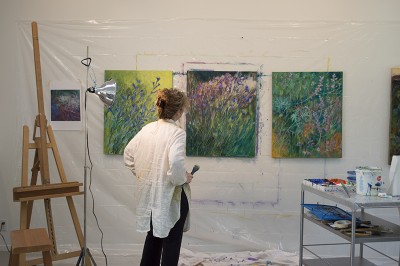I just got a call from a client who is looking for a painting for a blank wall that she has. A blank wall? An artist’s dream come true! So what are the considerations in purchasing artwork?
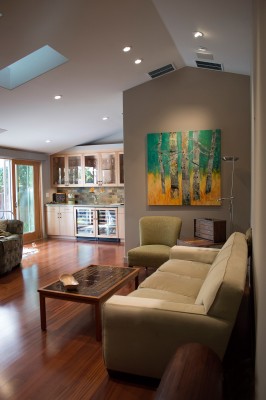
First, and above all, the painting has to resonate with you. It should move you, excite you, calm you, in whatever form, it should inspire a part of your daily life. When you relax in an easy chair across the room, or kick back at your office desk, it should bring you some sort of connection, that says, all is o.k. in this busy life we live in, and should bring you pure enjoyment for years to come.
So once you have decided on the art you love, how can you make it integrate with the place that it will hang? Paint colors these days are about as luxurious as you can get. From the rich, suede type of finishes of Ralph Lauren paints to the inexpensive yet inspiring colors from the Martha Stewart line, the right color can absolutely make a painting come alive. Oftentimes, only painting the one wall the art will hang on, in a provocative highlighting color, can be as much a statement as the art.
Through my many years of selling art, I frequently find myself consulting with my collectors about styling the room where the art will be hung. From wall colors, to furniture placement, to hanging groupings of art, I find as much fun in the staging as anything. (The above photo is from a beautiful home in which I sold 11 paintings and was hired to stage and hang as well!). First rule of thumb? De-clutter! Remove any excess knickknacks and wall art that would be a distraction to the featured piece. (Family photos are for a credenza, not a featured wall.) If you really want to highlight your original art investment, remove all clutter from the surrounding areas as well like coffee tables, bookcases and mantels. Just like people, art needs room to breathe!
In the end, we buy art for many reasons: we love the colors, we are entranced with the style of painting, we resonate with the subject matter. The size can either be perfect, or we can commission a specific size from an artist. All are our own personal choices. (And with a little bit of Ralph Lauren…!)

